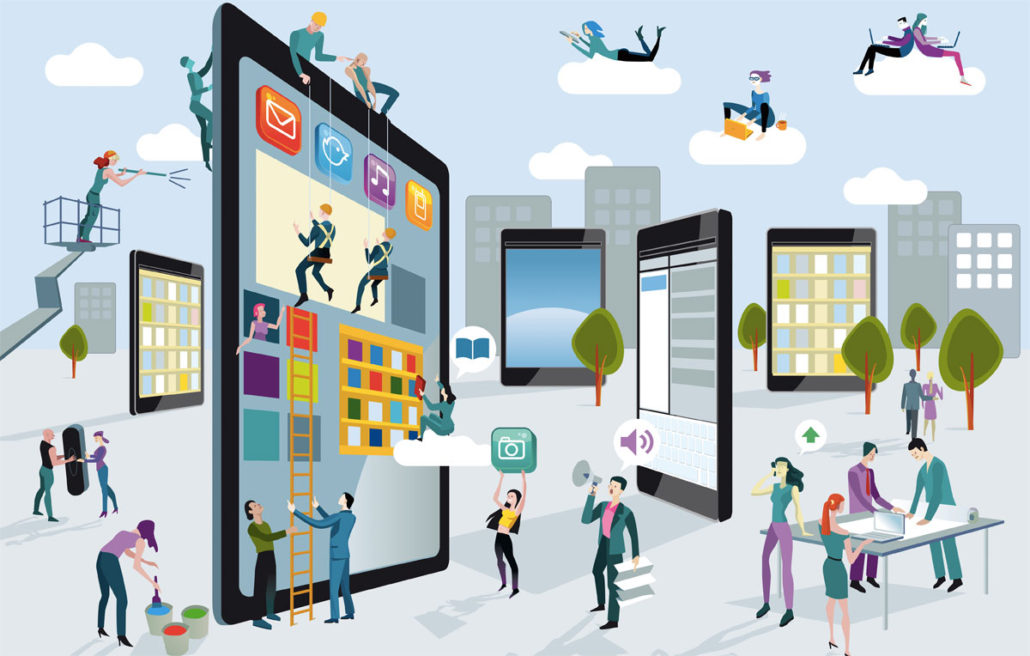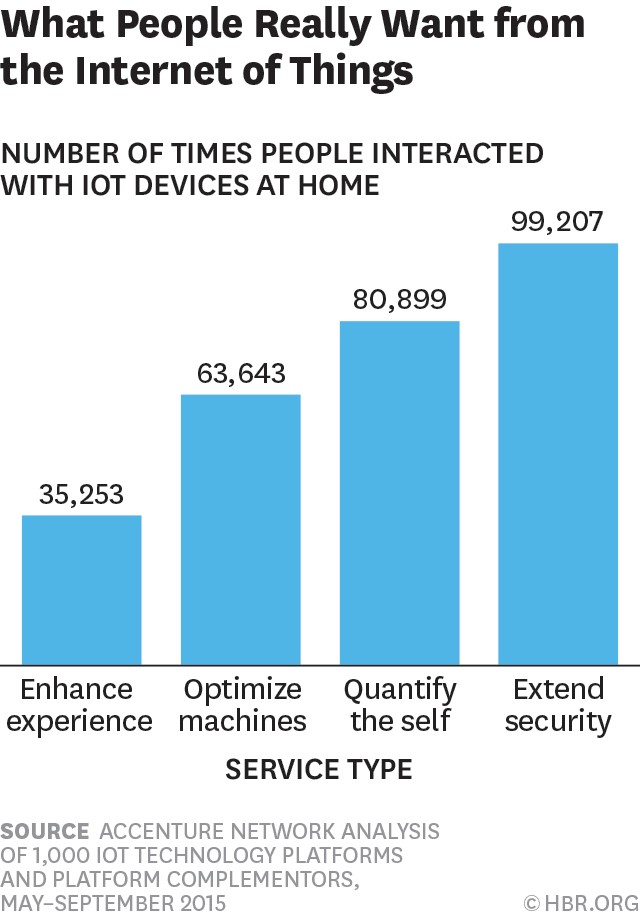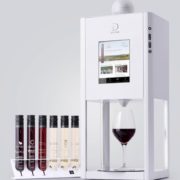RIoT: Revolution of Internet of Things
The internet or the World Wide Web was a huge breakthrough in the late 80s and early 90s; connecting computers changed the way we live. A few years later, connecting people became possible thanks to the cloud and mobile devices. This broadened our horizons and revolutionized our world. Today, something even greater is happening. We are connecting EVERYTHING, and this is what the Internet of things (IoT) is all about. We now use the technologies of the previous stages — the Internet, cloud, and mobile — and combine them with sensor technology in order to connect anything, anywhere in the world. Analysts predict that the IoT will consist of about 26 billion interconnected devices by 2020. Compare this to 7.3 billion units for PCs, smartphones and tablets combined together. What is more, the technology involved is accessible to all.
So there is a huge potential for business big and small.
How can businesses benefit from this opportunity?
They should be aware that having the technology that enables this ubiquitous connectedness is one thing, having the ability to bring it to market is another. In order to do this, the device or product needs to be relevant and of value to the user. Having a sensor in a car that tells you that you nearly ran out of gas is useful; but having it also tell you where are the nearest gas stations, what are the different prices of gas per liter and what is the best route to get to each gas station, is more relevant.
General Electric (GE) learned this lesson a few years ago when it was at risk of losing many of its top customers to non-traditional competitors like IBM, SAP and big data start-ups who were capable of providing analytics. Therefore, GE modified its business model and added sensors to its machines, connected them to the cloud and invested in software and analytics capabilities. Just to cite one example: now, thanks to GE‘s analytics, Alitalia—the Italian airline—reduces its fuel consumption because it was able to identify changes to its flying procedures such as the position of its flap wings during landing. GE was able to deliver added value to an aviation company by providing relevant information that would improve its performance and hence lower its operating costs. And this is exactly what individuals are looking for as well. Relevant information that will improve their quality of life on different levels.
Studies show that people want IoT solutions that will help them feel safe, have relevant information about themselves, optimize their machines and improve their environment:
When it comes to extending security, it could be a surveillance system that can be remotely controlled via an app in their smartphone. Microsoft, Google, and Apple all offer this type of service. A person can now easily survey an elder or a sick child at home, or simply make sure that his house is secure.
People want to be able to quantify themselves.
There are devices that can help measure your health habits and goals; how much exercise you did, how much you need to do to meet your goals, your sleeping patterns, etc. This can be taken a step further if this device measures how much exercise a cancer patient does per day and then sends a report to his doctor who analyzes it with more information about the patient’s treatment.
People want to automatize their products for different reasons.
One of them can be to save money. They can have a system that will allow their heating, air-conditioner, and lights to go on off or adjust automatically in order to save energy. They want machines that will auto monitor themselves and order replacement parts or service with the touch of a button. No need to call the manufacturer and wait for the replacement part to be ordered. The company can directly monitor the machine use, order the part from its provider and be ready for you to push the button. User manuals can be directly accessible on a device with a button that sends the link with the information straight to your mobile device.
People want to feel good in their environment…
…and enhance their experiences. They want to be able to personalize their light and sound systems at home. They want to feel special and unique. Think about Bose’s Wi-Fi system which streams music from the internet using a smartphone application that runs on the cloud. Or what about enhancing the parking experience. The city of Boston has a system that tells you which parking spot is available close to you. This way you don’t have to drive in endless circles. You save both time and money.
But the social and security side of the IoT will concern people.
Security issues can arise if hackers find a way to control our devices, giving place to chaos or uncertainty and putting at risk sensitive customer data. Social threats could arise if for example a house working on low energy signals burglars that nobody is home. If a solution is to be successful it needs to assure customers that these their security and wellbeing is not being compromised. They should feel safe.
Nevertheless, the Internet of things era is here to stay and each day we will be seeing more and more devices connected not only to you or a central system but also, to each other creating systems and systems of systems at a scale that not long ago would have been unimaginable. The physical Web will improve our lives by making information more certain and accurate and by making simple devices smarter.
Sources :
- Want, R., Schilit N., and Jenson,S.. (2015). “Enabling the Internet of Things”, IEEE Computer Society, January, p. 38.
- Iansiti, M. and Lakhani, K. (2014 ). “Digital Ubiquity: How Connections, Sensors, and Data Are Revolutionizing Business”, Harvard Business Review, vol. 92, no 11, p. 90.
- Porter, M. and Heppelmann, J. (2014). “How Smart, Connected Products Are Transforming Competition”, Harvard Business Review, vol. 92, no 11, p. 64.
- Wilson, J., Shah, B. and Whipple, B. (2015). “How People Are Actually Using the Internet of Things”, Harvard Business Review [online article].
***
* This article was published in collaboration with HEC Montreal.





